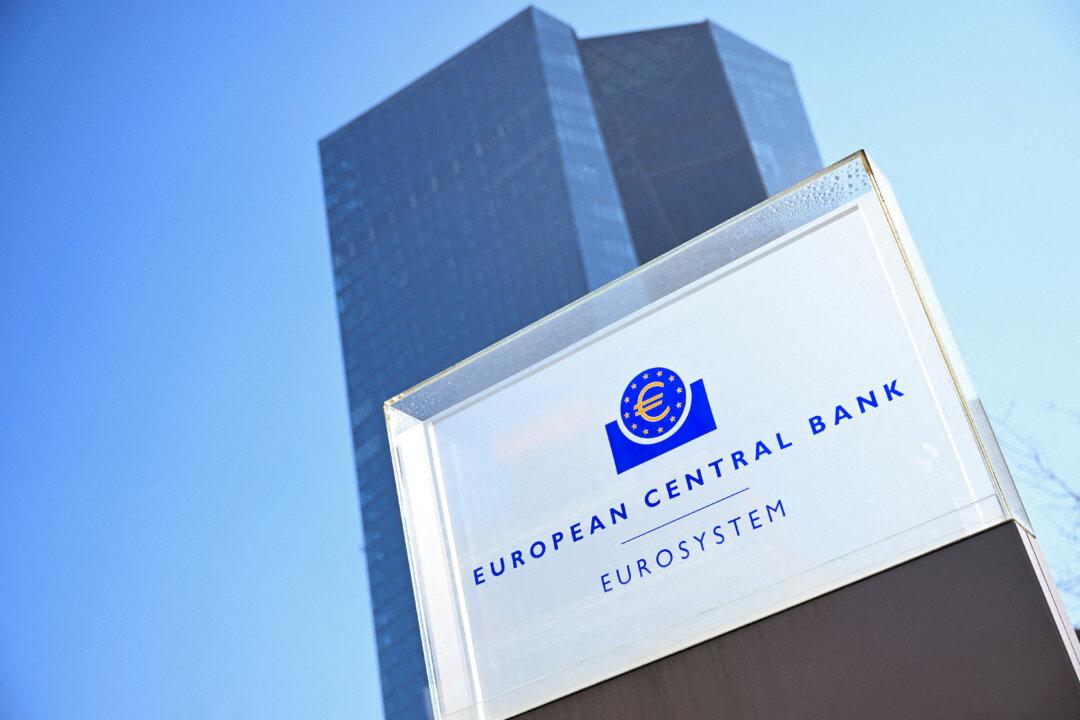The U.S. manufacturing sector expanded in January, marking its first growth after more than two years of contraction, as optimism about the year-ahead outlook for production soared, partly due to hopes that President Donald Trump’s policies would improve business conditions.
“U.S. manufacturing activity expanded in January after 26 consecutive months of contraction,“ Timothy Fiore, chair of the ISM manufacturing business survey committee, said in a statement. ”Demand clearly improved, while output expanded and inputs remained accommodative.”
Both output and new orders returned to growth in January, while optimism in the year-ahead outlook for production soared to a 34-month high, driven by one of the largest monthly confidence gains ever recorded by the survey.
“Manufacturers report that political uncertainty has cleared and the pro-business approach from the new administration has brightened their prospects,” Chris Williamson, Chief Business Economist at S&P Global Market Intelligence, said in a statement. Over the past decade, only two months—during the post-COVID-19 pandemic economic reopening—have seen a comparable improvement in business confidence, Williamson noted.
A combination of higher new orders and improving business confidence meant that manufacturers increased their staffing levels for the third month running, according to S&P Global. The pace of job creation was the highest since June 2024.
With improved demand and production, employment expanded, according to the ISM report.
The recovery is not without risks. The ISM report highlighted concerns about rising input costs, with the prices index jumping 2.4 points to 54.9 percent in January from 52.5 percent the previous month. January marked the fourth consecutive month of price increases, with 21 percent of companies reporting higher prices that month compared to 14 percent in December.
“Maintaining a slower rate of price increases as demand returns will be a major challenge for 2025,” Fiore said.
Likewise, the S&P Global report noted that input costs continued to rise in January, leading the pace of output price inflation to accelerate for the third straight month to its highest level in nearly a year.
“A rise in the rate of increase of both input costs and selling prices could become a concern if this intensification of inflationary pressures is sustained in the coming months, especially as the combination of higher price pressures alongside accelerating economic growth and rising employment is not typically conducive to cutting interest rates,” Williamson said.
The sustainability of the manufacturing recovery will depend on a range of factors, including the strength of the broader U.S. economy, global trade conditions, and the trajectory of the Federal Reserve’s interest rate policy.
The Fed raised rates quickly in 2022 in response to soaring inflation, which has since declined significantly. Higher rates make it more expensive to borrow money and tend to stifle economic growth, especially in capital-intensive industries such as manufacturing.







